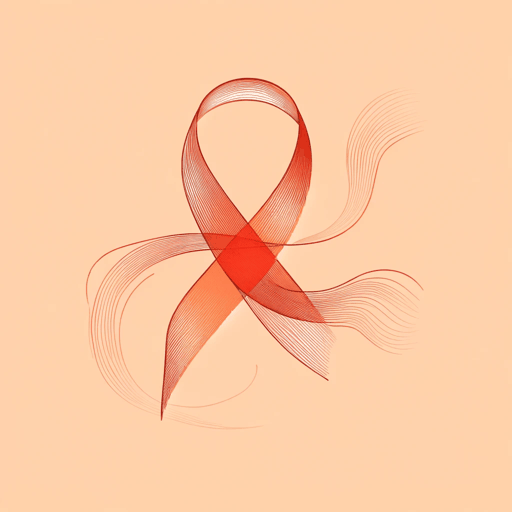32 pages • 1 hour read
Susan SontagRegarding the Pain of Others
Nonfiction | Essay / Speech | Adult | Published in 2003A modern alternative to SparkNotes and CliffsNotes, SuperSummary offers high-quality Study Guides with detailed chapter summaries and analysis of major themes, characters, and more.
Chapters 1-3Chapter Summaries & Analyses
Chapter 1 Summary
Sontag opens with an anecdote regarding Virginia Woolf’s 1938 book, Three Guineas, which includes Woolf’s ruminations on the roots of war. Woolf contends that men make war, and women find it neither necessary nor satisfying (3). Therefore, Woolf cannot pursue a dialogue with an attorney who asks, “How in your opinion are we to prevent war?,” because she and he respond with separate emotions when they look at the same photographs of the violent advance of fascism in Spain.
Sontag holds that presently, no one imagines repudiating war, but only preventing genocide or prosecuting war crimes. Sontag credits Woolf with the courage to write “that war is a man’s game—that the killing machine has a gender, and it is male” (6), but Sontag notes that Woolf does not reject the conventional rhetoric of war photography. Such images of wars’ victims, in their repetition and simplification, reduce reactions to an apparently universal response. Sontag insists that in looking at the carnage of war, no “we” can be “taken for granted” (7). Our ways of seeing the pain of others are too diverse, complex, and contradictory, as determined by gender, culture, and socioeconomic status, but also by personal or political needs.
Related Titles
By Susan Sontag





